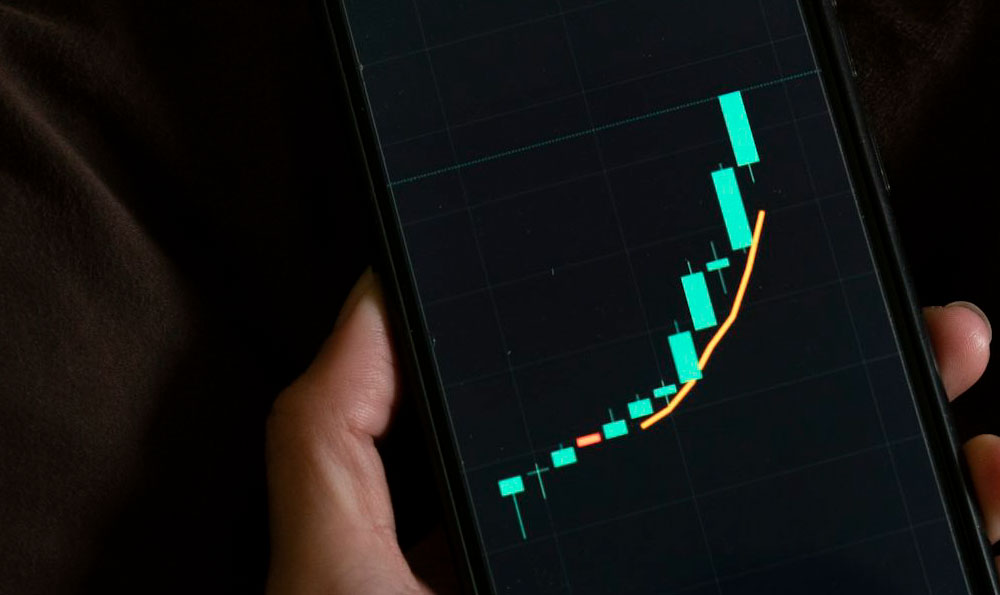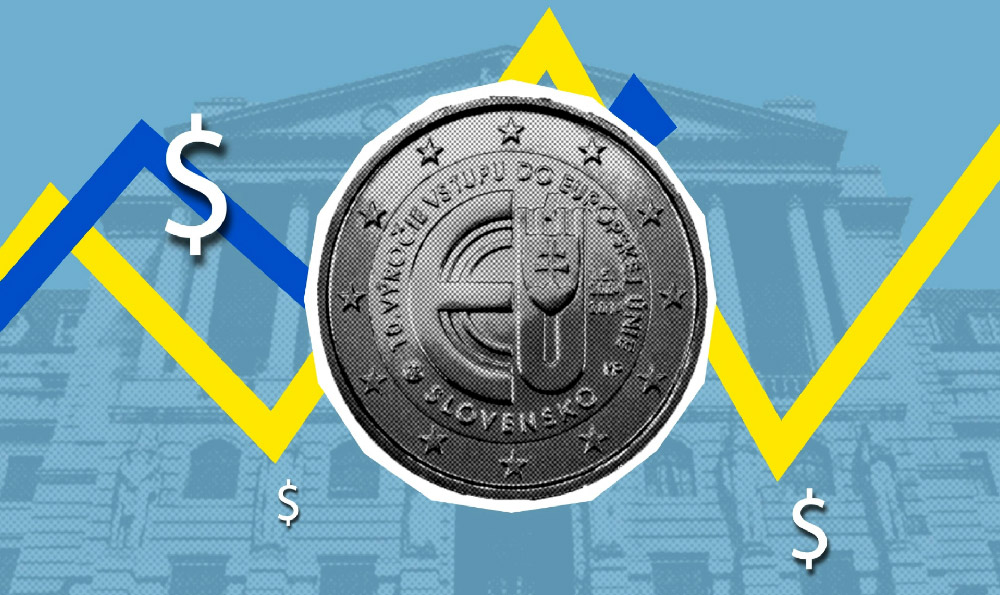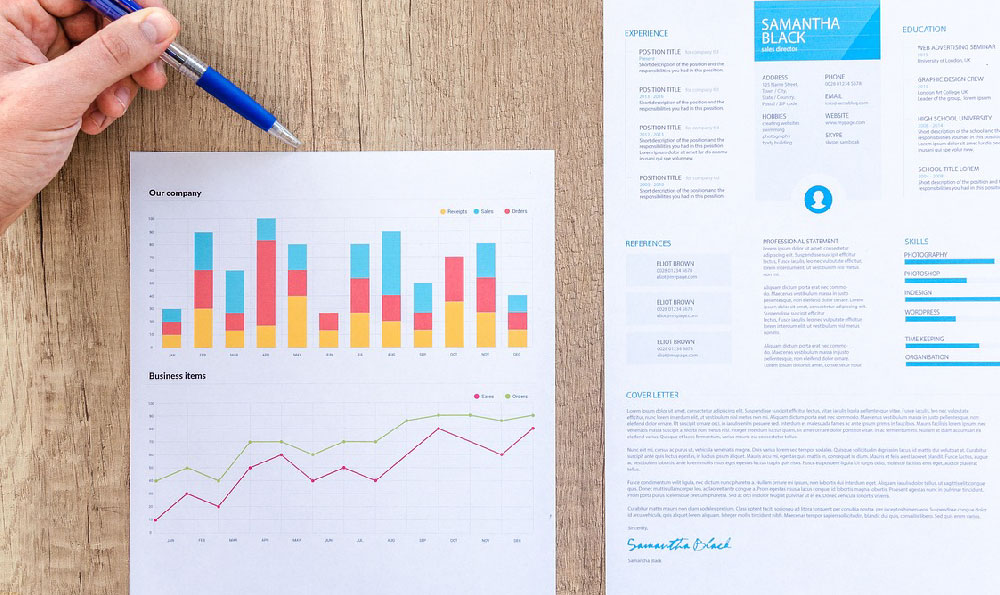Investing in cryptocurrencies, including Ripple (XRP), requires careful consideration and a well-thought-out strategy. The cryptocurrency market is known for its volatility, and understanding the specific characteristics of XRP, along with broader market trends, is crucial for making informed decisions. This guide aims to provide a comprehensive overview of how to invest in Ripple and whether it currently represents a worthwhile investment opportunity.
Understanding Ripple (XRP)
Before diving into the investment process, it’s essential to understand what Ripple is and how it differs from other cryptocurrencies like Bitcoin. Ripple Labs developed XRP for facilitating faster and cheaper cross-border payments. Unlike Bitcoin, which is decentralized, Ripple aims to work in collaboration with traditional financial institutions. XRP is the native cryptocurrency of the Ripple network and serves as a bridge currency for international transactions. Its main goal is to reduce transaction times and costs associated with traditional banking systems.

Assessing the Potential of XRP
The potential of XRP hinges on its utility within the global financial system. Ripple Labs has partnered with various financial institutions to integrate its technology, which aims to improve the efficiency of cross-border payments. Successful adoption by these institutions could significantly increase the demand for XRP, potentially driving up its price. However, it's vital to monitor the progress of these partnerships and the actual usage of XRP in real-world transactions. Skepticism remains as many institutions have utilized Ripple's technology but haven't fully embraced XRP itself.
Steps to Invest in Ripple (XRP)
Investing in XRP involves several key steps:
-
Choose a Cryptocurrency Exchange: Selecting a reputable cryptocurrency exchange is the first step. Popular exchanges that offer XRP include Binance, Coinbase (although trading was temporarily suspended due to legal issues), Kraken, and others. Consider factors like security measures, trading fees, ease of use, and available trading pairs when making your choice. Ensure the exchange is compliant with regulatory requirements in your jurisdiction.
-
Create an Account and Verify Your Identity: Once you've chosen an exchange, you'll need to create an account and complete the verification process. This usually involves providing personal information, such as your name, address, and date of birth, and submitting identification documents like a driver's license or passport. Verification is crucial for complying with anti-money laundering (AML) and know-your-customer (KYC) regulations.
-
Fund Your Account: After your account is verified, you need to deposit funds into your account. Most exchanges accept various payment methods, including bank transfers, credit cards, and other cryptocurrencies. Be aware of any deposit fees and processing times associated with your chosen payment method. Bank transfers might take longer but often have lower fees.
-
Purchase XRP: Once your account is funded, you can proceed to purchase XRP. You can do this by placing a market order (buying at the current market price) or a limit order (setting a specific price at which you want to buy). Market orders are executed instantly, while limit orders may take longer if the market price doesn't reach your specified level.
-
Securely Store Your XRP: After purchasing XRP, it's essential to store it securely. Leaving your XRP on the exchange carries the risk of hacking or theft. The best practice is to transfer your XRP to a personal wallet. There are several types of wallets available, including:
-
Hardware Wallets: These are physical devices that store your private keys offline, providing the highest level of security. Examples include Ledger Nano S/X and Trezor.
-
Software Wallets: These are applications that you can install on your computer or smartphone. They are more convenient than hardware wallets but less secure. Examples include Exodus and Trust Wallet.
-
Paper Wallets: These are simply printed-out copies of your private keys and public addresses. They are a secure option for long-term storage but require careful handling to avoid loss or damage.
-
Is Ripple a Good Investment? Factors to Consider
Determining whether Ripple is a good investment requires evaluating several factors:
-
Market Sentiment and Adoption: Monitor market sentiment towards XRP and the broader cryptocurrency market. Positive news, partnerships, and increasing adoption rates can drive up the price of XRP. Negative news, regulatory scrutiny, or declining adoption can have the opposite effect.
-
Regulatory Landscape: The regulatory landscape surrounding cryptocurrencies is constantly evolving. Regulatory uncertainty can create volatility and impact the price of XRP. Stay informed about the regulatory developments in different jurisdictions. Ripple's ongoing legal battle with the SEC has significantly impacted its price and accessibility in the US market. The outcome of this case is a critical factor in assessing XRP's investment potential.
-
Technological Advancements: The cryptocurrency market is rapidly evolving, with new technologies and projects emerging constantly. Stay abreast of these advancements and how they might impact XRP. Competitors offering faster or more efficient cross-border payment solutions could potentially diminish XRP's competitive advantage.
-
Ripple's Business Model: Evaluate Ripple's business model and its partnerships with financial institutions. A successful business model and strong partnerships can increase the long-term viability of XRP. Critically assess the reported usage of XRP by these partners; are they truly using XRP for transactions, or just Ripple's technology?
-
Risk Tolerance: Investing in cryptocurrencies is inherently risky. Assess your risk tolerance and only invest what you can afford to lose. Diversifying your investment portfolio can help mitigate risk. Don't put all your eggs in one basket, especially in a volatile asset like cryptocurrency.
Risk Management Strategies
Effective risk management is crucial when investing in XRP:
-
Diversification: Don't put all your eggs in one basket. Diversify your investment portfolio across different cryptocurrencies and asset classes.
-
Stop-Loss Orders: Use stop-loss orders to limit your potential losses. A stop-loss order automatically sells your XRP if the price falls below a certain level.
-
Take-Profit Orders: Use take-profit orders to lock in your profits. A take-profit order automatically sells your XRP when the price reaches a certain level.
-
Dollar-Cost Averaging (DCA): Invest a fixed amount of money at regular intervals, regardless of the price. This strategy can help reduce the impact of volatility on your investment.
-
Stay Informed: Continuously research and stay informed about the cryptocurrency market and XRP.
Conclusion
Investing in Ripple (XRP) can be potentially rewarding, but it also involves significant risks. A careful evaluation of Ripple's technology, its partnerships, the regulatory landscape, and your own risk tolerance is essential before making any investment decisions. Remember to implement risk management strategies to protect your capital and diversify your portfolio to mitigate potential losses. The cryptocurrency market is dynamic, so continuous learning and adaptation are crucial for successful investing. Always do your own research and consult with a financial advisor before making any investment decisions.












